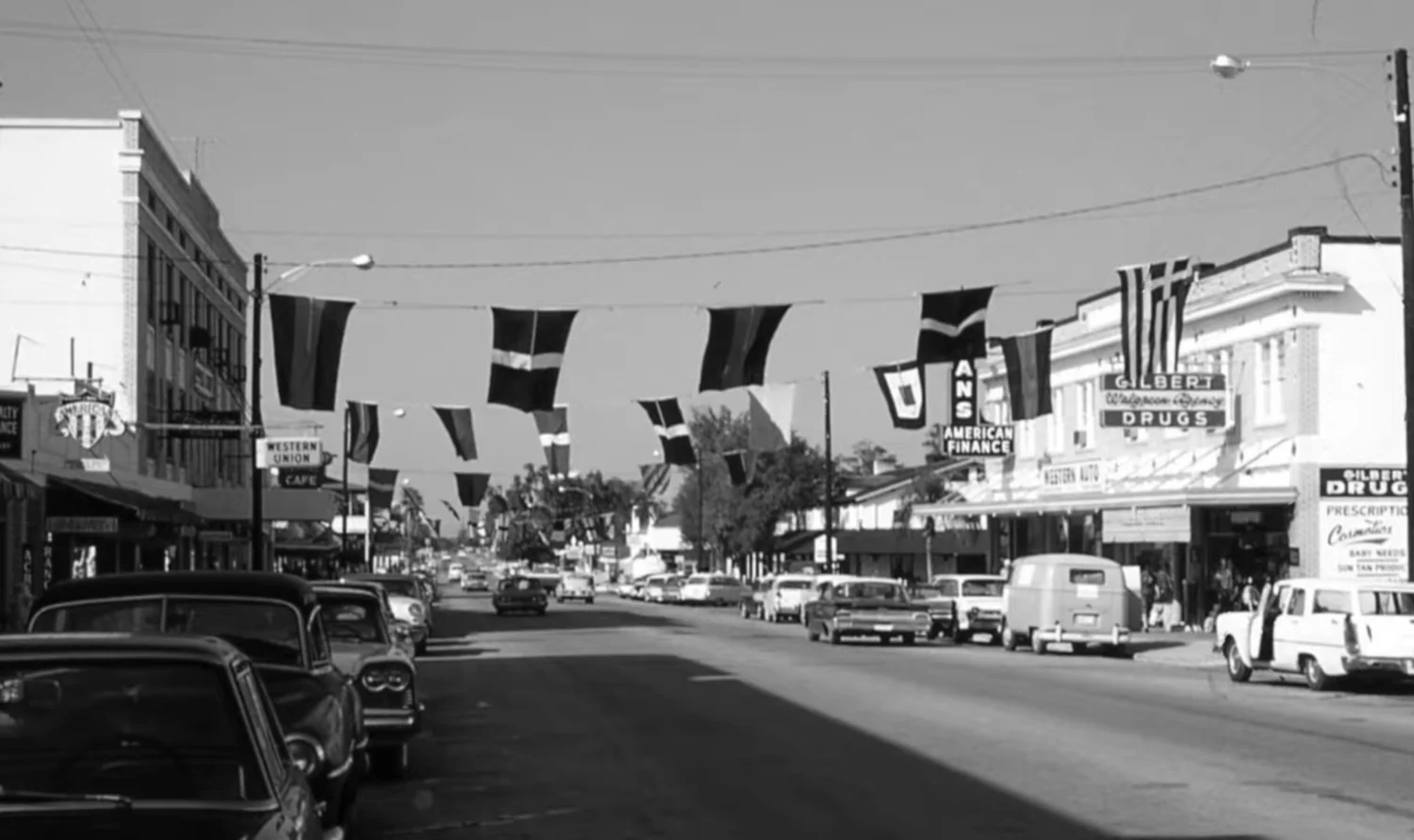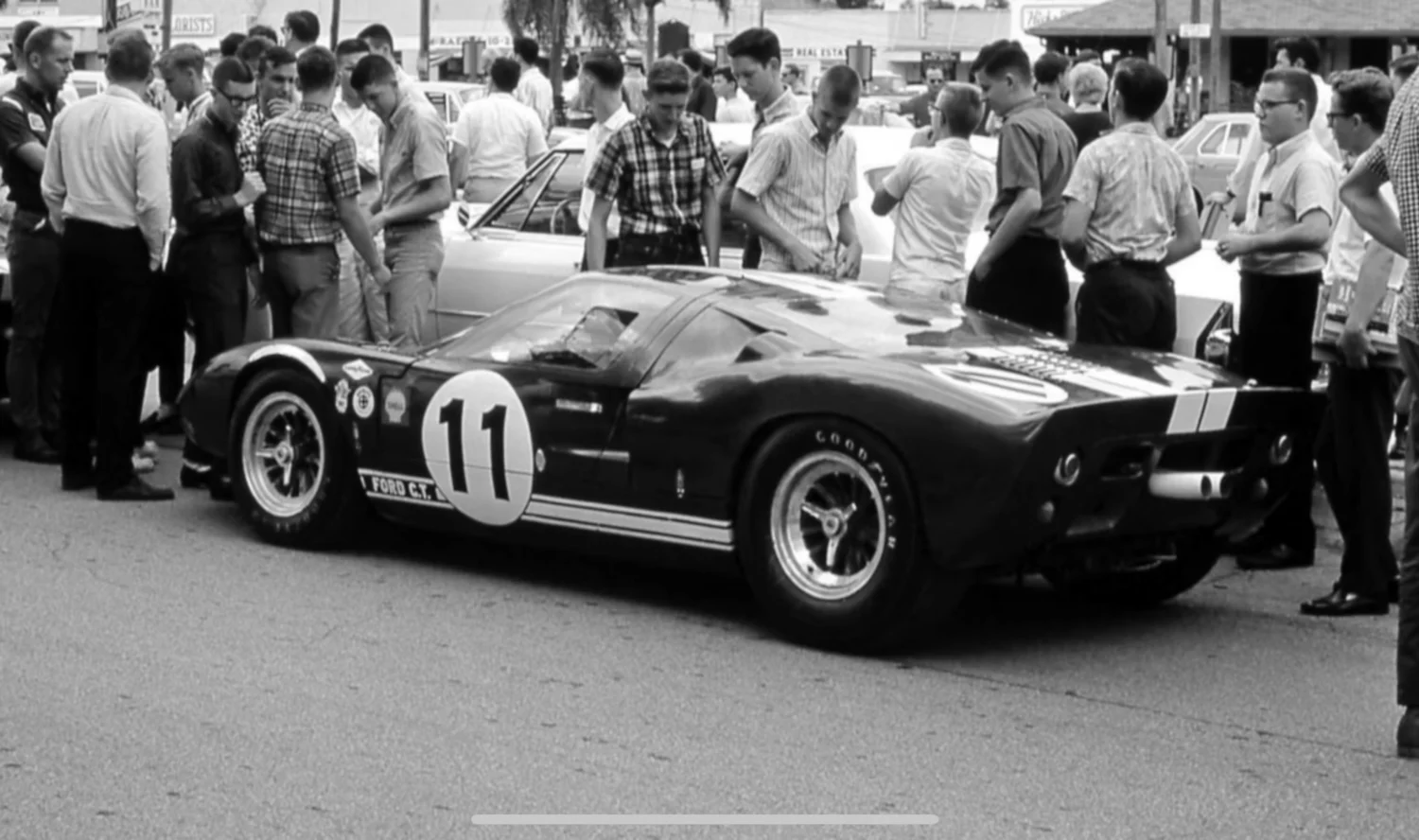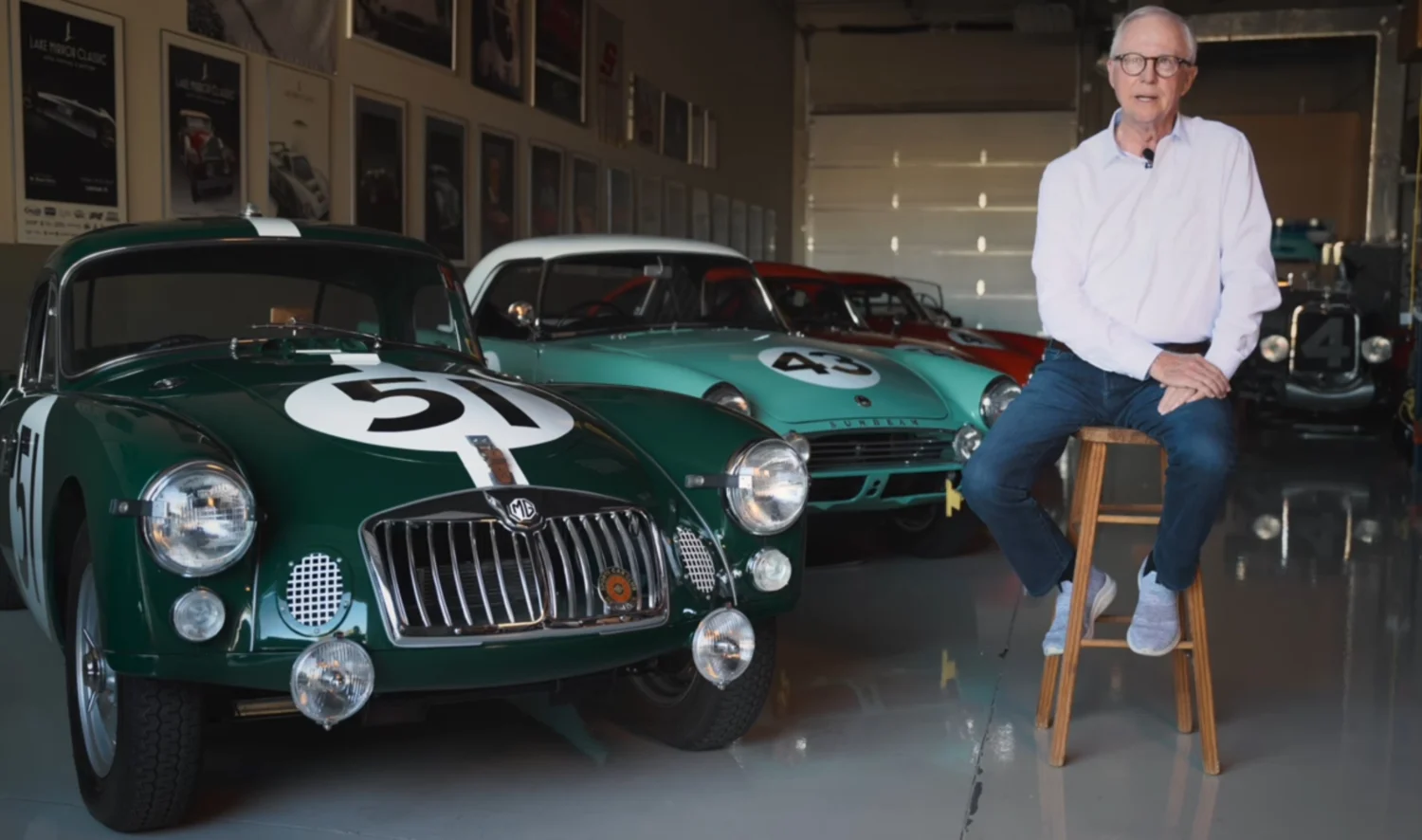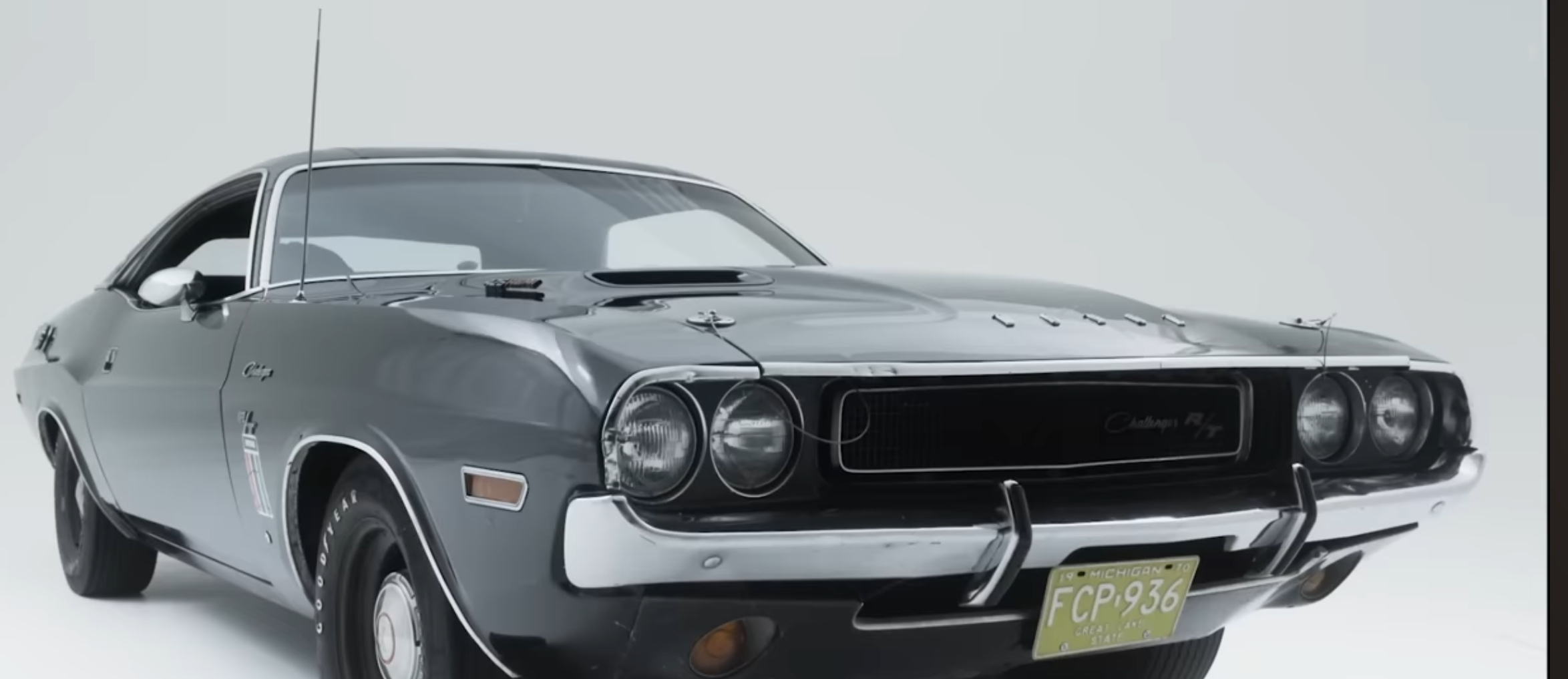In 1950, Alec Ulmann, a Russian-born aviation enthusiast with a passion for racing, had a bold vision: to transform the decommissioned Sebring Air Base in Central Florida into a world-class motorsport venue. Inspired by the legendary 24 Hours of Le Mans, Ulmann laid out a track that was as innovative as it was challenging, blending airport runways with surrounding roads to create a circuit reminiscent of Europe’s iconic street courses.
This daring leap gave birth to the 12 Hours of Sebring, a race that quickly cemented its place among the most prestigious events in international motorsport. From the very beginning, Sebring was not just a race—it was a phenomenon that brought world-class drivers and manufacturers to a humble Florida town surrounded by orange groves.
A Historic Beginning
Sebring’s early years were nothing short of extraordinary. By the early 1950s, it was already recognized as the second most prestigious endurance race in the world, trailing only Le Mans. The track’s unique layout and the camaraderie it inspired among competitors drew enthusiasts from across the globe.
But in 1955, tragedy struck the motorsport world. The catastrophic accident at the 24 Hours of Le Mans—still the deadliest in racing history—sent shockwaves throughout the industry. In response, the American Automobile Association (AAA), which had sanctioned Sebring, withdrew from motorsports altogether.
Faced with an uncertain future, Ulmann refused to let Sebring fade away. In a bold move, he traveled to France to secure the support of the Fédération Internationale de l’Automobile (FIA). The result was the formation of the Automobile Racing Club of Florida (ARCF) in 1956, which not only became Sebring’s new sanctioning body but also brought a sense of community and glamour to the race with events like the Grand Prix Ball.

ARCF’s Rise, Fall, and Revival
For nearly 20 years, the ARCF played a pivotal role in Sebring’s success, weaving the race into the fabric of both motorsport culture and the local community. But when Alec Ulmann retired in 1972, the ARCF’s influence faded, and the organization dissolved into obscurity.
In 2024, a spark of inspiration brought the ARCF back to life. Ford Heacock III and Charles Mendez—two men with deep personal connections to Sebring—revived the organization to preserve and celebrate Sebring’s rich heritage. Heacock’s family has been intertwined with Sebring’s history for generations; his grandfather served as race chairman during its earliest years, and his father continued that tradition in the 1960s.

“My goal is to create a club of Sebring alumni—drivers, crew members, volunteers, and passionate fans—who can come together to keep the spirit of Sebring alive,” Heacock explains.
A Museum for Sebring’s History
The ARCF’s ultimate vision is ambitious yet heartfelt: to establish a museum dedicated to Sebring’s racing legacy. The museum would preserve historic photographs, race records, memorabilia, and vintage cars, ensuring future generations understand Sebring’s impact on motorsport history. For Heacock, the ARCF isn’t just about nostalgia—it’s about being a custodian of history and a driving force for community engagement.

Living History: The Cars and Memories
Sebring’s past comes to life through the cars that competed on its legendary track. Four vintage vehicles from the 1960s stand as living reminders of its storied history:
- A 1964 Austin Healey Sebring Sprite, a factory prototype that retired early due to mechanical failure but remains a pristine example of its era.
- A 1962 MGA and two Sunbeam Alpines from the same year, which highlight the days when mid-tier teams could compete alongside motorsport giants. One of these Alpines even served as a guest car for Ferrari’s North American Racing Team—a rare and prestigious honor.
“These cars are more than machines,” Heacock says. “They’re pieces of Sebring’s soul. Growing up here, race week was magical. Flags from around the world lined the streets, and Ferraris and Jaguars cruised through town on their way to tech inspections. It was like no other place in the world.”
Community Spirit
Sebring’s charm has always been its connection to the local community. In its early years, the town’s residents banded together to make the race a success. From church groups and Boy Scouts helping to prepare the track to locals volunteering as race officials, the entire town felt like part of the event.
Heacock’s personal memories reflect this spirit: sneaking out of school to watch tech inspections, guarding gate proceeds stored in his family’s car, and watching Sebring transform into a global racing destination. This community-driven enthusiasm is exactly what Heacock hopes to revive through the ARCF.

Join the Movement
The revival of the ARCF is more than a celebration of Sebring’s past—it’s a call to action for fans, drivers, and volunteers to shape its future. Visit www.arcf.net to learn how you can become part of this exciting journey.
For a deeper dive into Sebring’s history and the ARCF’s revival, watch the full documentary directed by Will Engle on the Engle Digital YouTube channel.
Sebring’s legacy is a testament to innovation, resilience, and the passion of a community united by motorsport. Together, let’s ensure that legacy thrives for generations to come.





